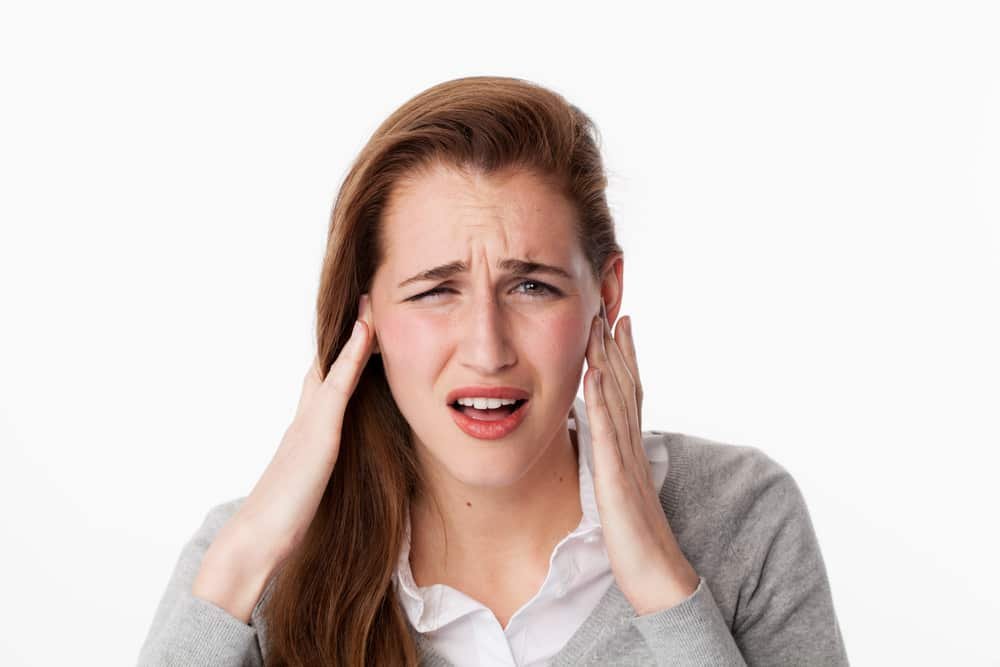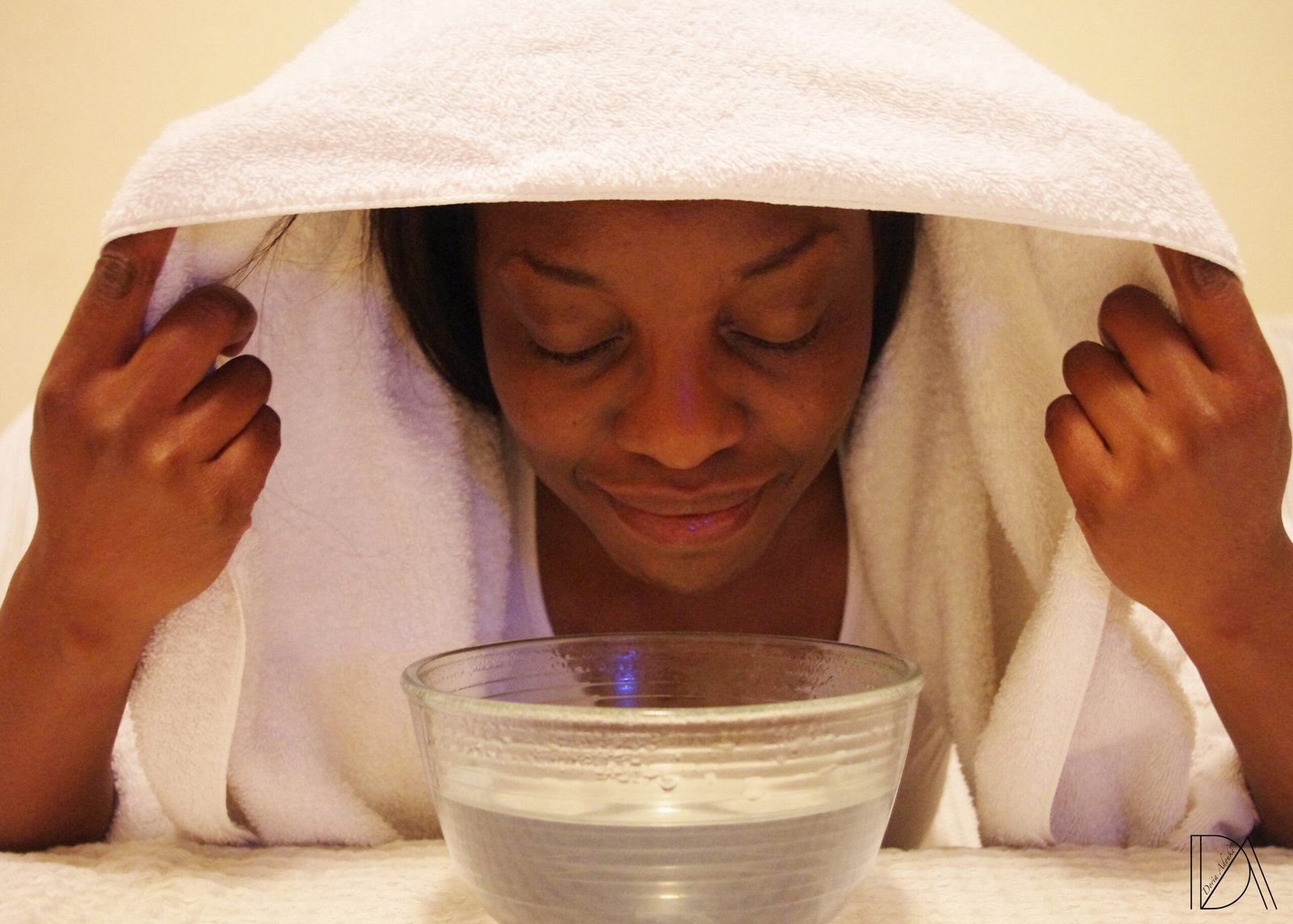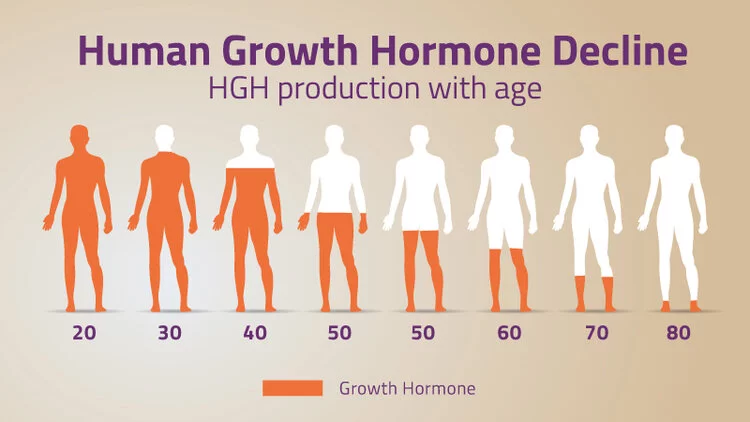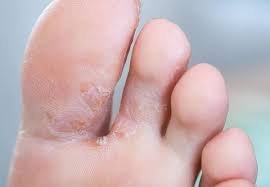Do you suffer from headaches? You may not even realize that the cause of your headaches may be TMJ. TMJ, or temporomandibular joint disorder, is a condition that affects the jaw and can lead to various problems, including headaches. This page will discuss the link between TMJ and headaches and how to find relief. It will also provide some tips for how to prevent these problems from occurring in the first place.
What Is TMJ?
TMJ stands for Temporomandibular Joint and is located on either side of your head where the jawbone connects to the skull. This joint is essential for the normal functioning of the mouth and face, as it allows us to speak, chew, and yawn.
TMJ joint pain occurs when this joint becomes misaligned or overworked due to a variety of factors:
a) Stress
When your body is under a lot of stress, it can cause your muscles to become tense, which puts added strain on the TMJ joint.
b) Injury
Trauma to the jaw or head can cause pain in the joints and muscles surrounding the TMJ. This includes sports injuries, whiplash, and even grinding your teeth while sleeping.
c) Arthritis
Arthritis is an autoimmune disorder that can cause inflammation in the joints, including the TMJ joint. This can lead to pain and stiffness in the jaw.
d) Genetics
Some people are predisposed to having a misaligned jaw or weak muscles due to genetics which can lead to TMJ pain.
e) Diet and lifestyle
Certain foods such as hard candies, crunchy snacks, or large steak pieces can strain the TMJ joint extra. Additionally, smoking cigarettes or using drugs like cocaine can lead to jaw pain due to the muscle tension they cause.
What Is the Relation Between TMJ Joint Pain and Headache?
Muscle tension headaches are the most common headache associated with TMJ joint pain. This type of headache is caused by tightness in the jaw, neck, and head muscles that can be aggravated by overuse or misalignment of the temporomandibular joint.
Trigger points in these muscles may cause referred pain in other areas, such as behind the eye, forehead, scalp, and upper back. This headache can last anywhere from a few minutes to hours. Other headaches associated with TMJ joint pain include migraine headaches and cluster headaches.
Stress or hormonal changes and temporomandibular joint disorder may trigger migraine headaches. Cluster headaches are sharp, intense pain on one side of the head that usually lasts between 15 minutes and 3 hours.
Depending on the severity, treatment may include lifestyle changes, physical therapy, medications, or even surgery.
Conclusion
Whether it is muscle tension, migraines, or cluster headaches, it is essential for people who experience TMJ joint pain to seek medical help to develop an effective treatment plan. Finding the underlying cause of the pain can help reduce discomfort and improve the overall quality of life.




